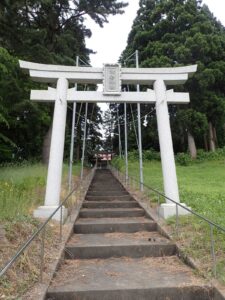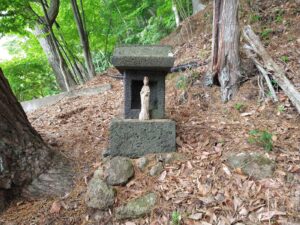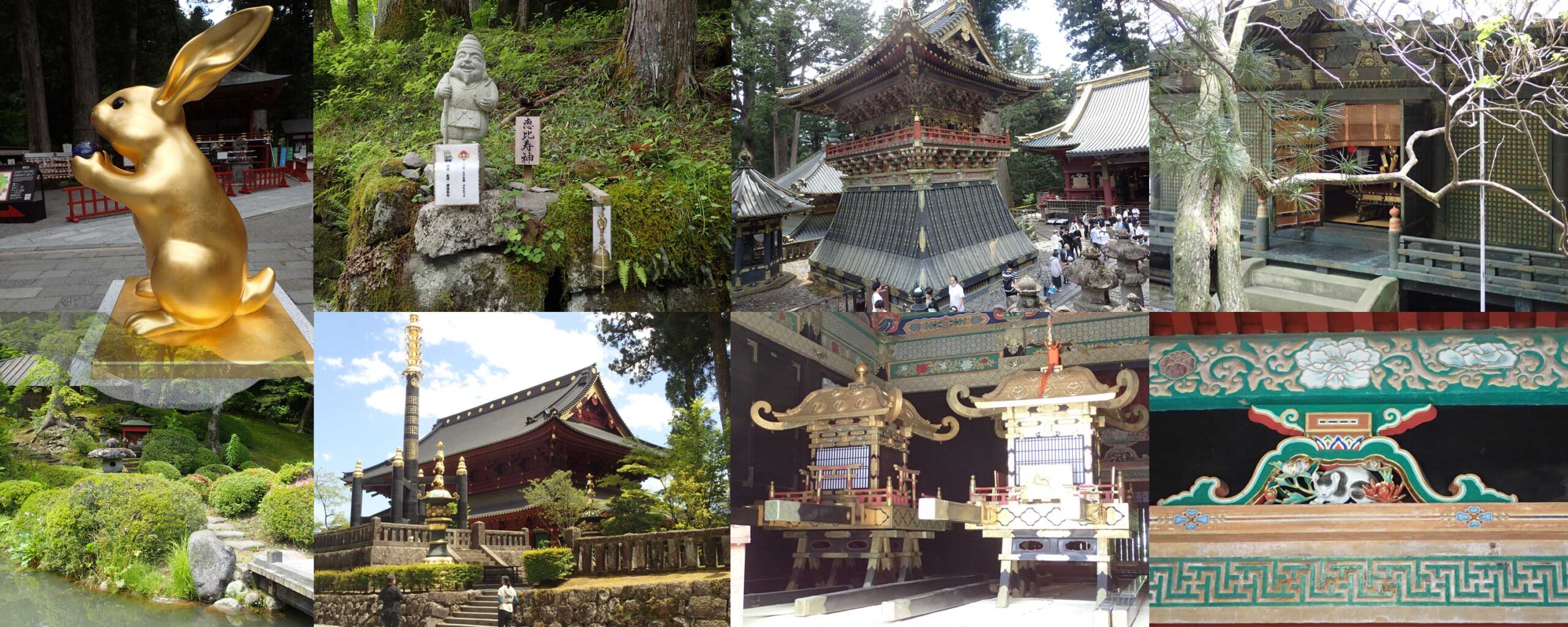Hakodate to Otobe
June 15, 2023
Religion is a slippery thing in Japan. While all of the world’s major religions have a presence here and many faithful followers, the average Japanese tends to view religion as a buffet where you can pick and choose aspects that fit their cultural view of the world. Shintoism and Buddhism are so closely intertwined here that it is often hard to tell them apart. Both have many elements that overlap such as a respect for nature and the idea that God or gods are present and can be called upon for help. Prayers can be offered and special favors can be asked for in the proper way. Not so different from Christians praying to Jesus, God, the Virgin Mary or any of the heavenly host of saints.

It is difficult to go very far in any direction without finding a temple or shrine of some type. So what is the difference? Simply put, temples are Buddhist and shrines are Shinto. Temples will usually have an incense burner and a statue of The Buddha in one of his many forms. Shrines will be marked by a usually bright red or orange torii at the entrance and contain an idol that is believed to contain the spirit of a god that can be summoned by two claps of one’s hands. Shintoism is a native religion of Japan while Buddhism is an import from China. Shinto shrines are usually closely related to some natural feature such as a waterfall or a mountain. Temples sometimes contain a burial site or a place for cremains.

During my travels I have encountered shrines in some unusual places such as along a hiking path near a mountain top, or along a steep hillside behind a hotel. I even found one tucked into a nook along the side a busy highway. Sometimes a remarkable person is believed to have become a godlike spirit and shrine is created to envoke the power of his or her spirit. One such shrine was that of Emperor Meiji and his consort, Empress Shoken. Emperor Meiji was responsible for the end of Japan’s last Shogunate and the restoration of civilian government.

Another interesting addition to this religious mix are totem poles. I have always considered them to be exclusively a North American artifact associated with the Haida, Tlingit and Athabaskan indigenous peoples but they are far more global in nature. In Japan the indigenous Ainu people carved such poles in areass around the Pacific Rim. While the poles themselves have different religious meaning to the various people who have them within their culture they are far more widespread in cultures throughout the world. Still, to see one in Japan certainly raised a number of questions that led me to a greater understanding of the richness of their culture.


